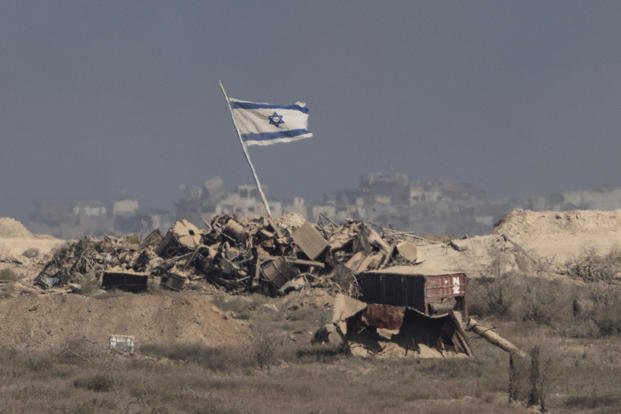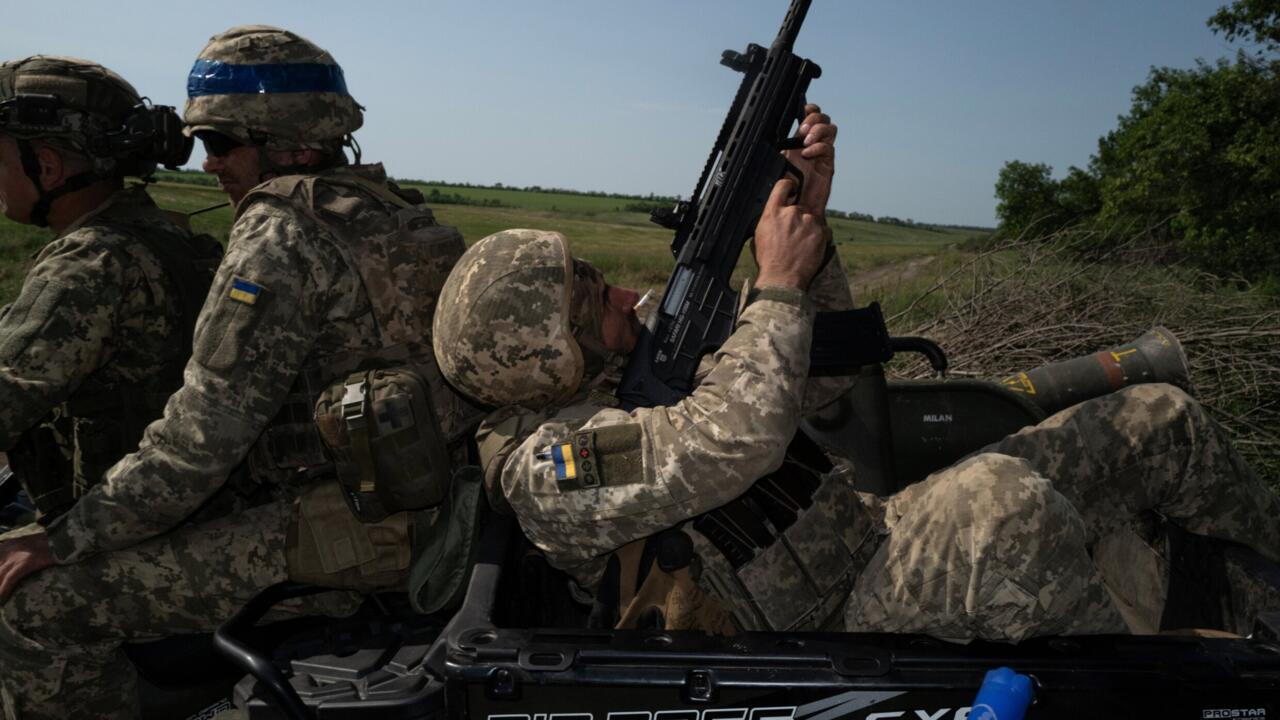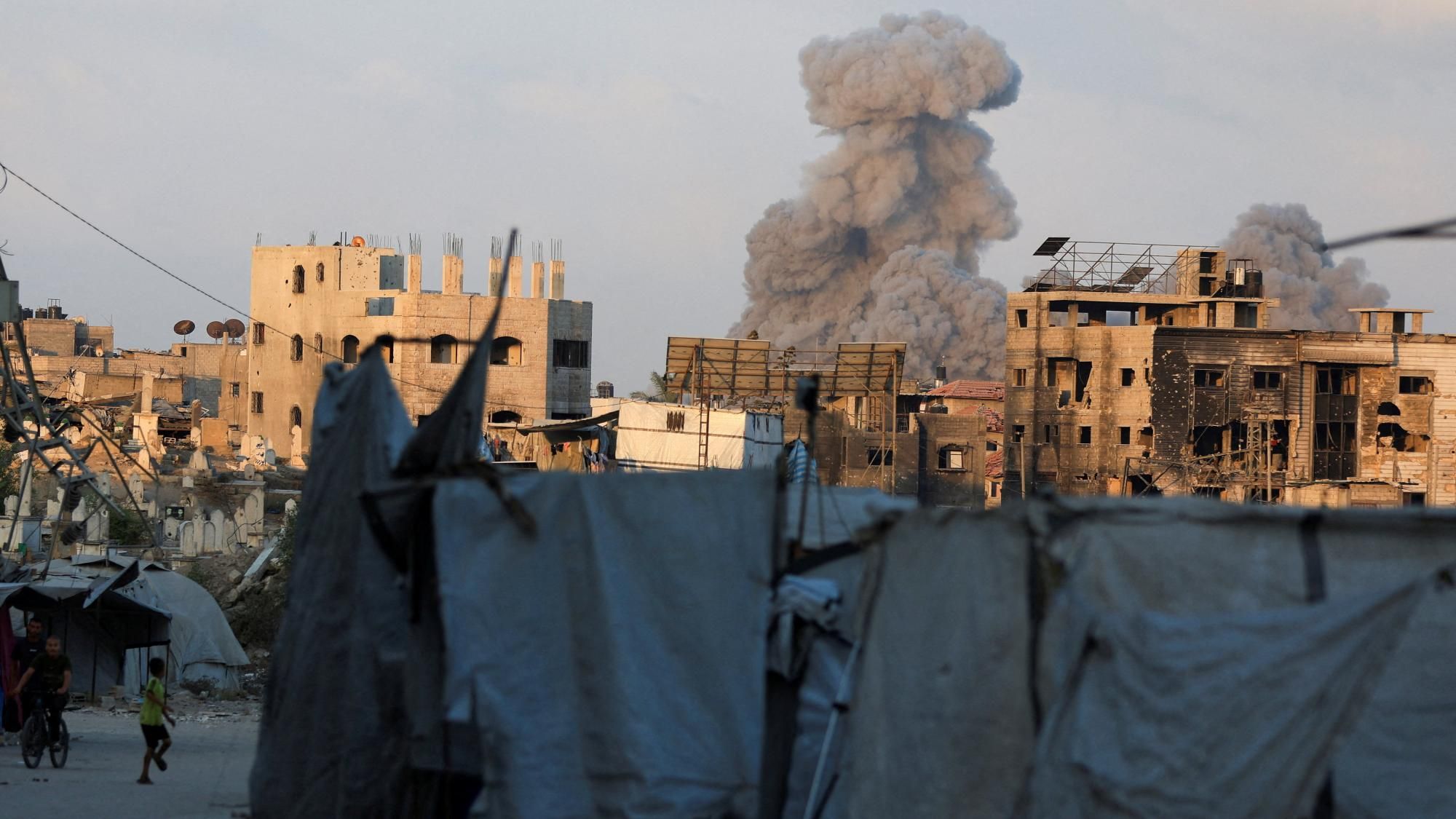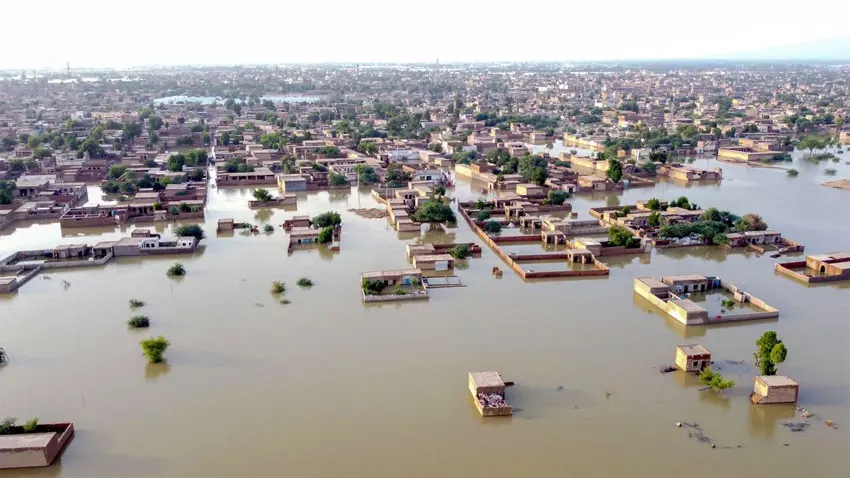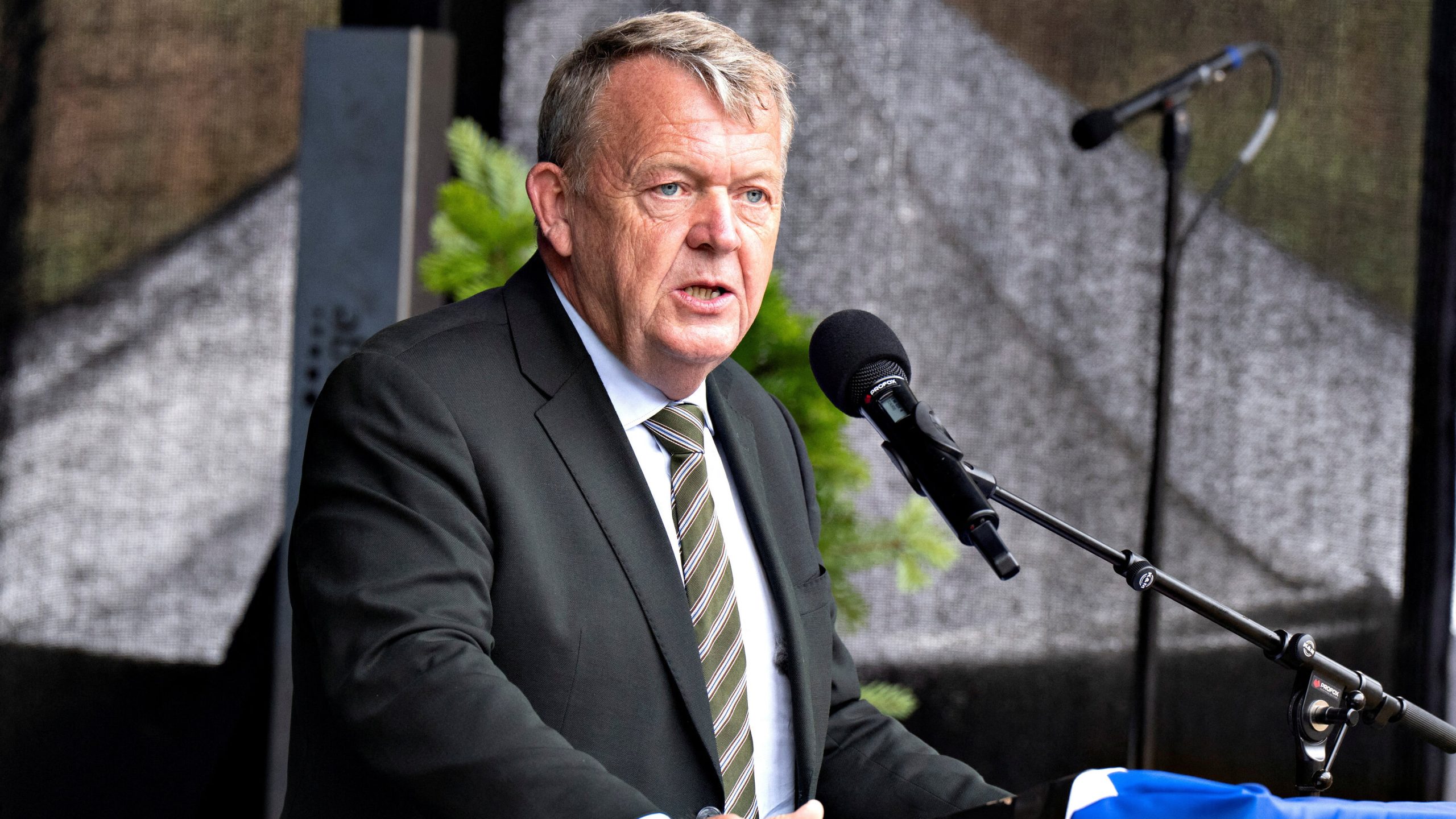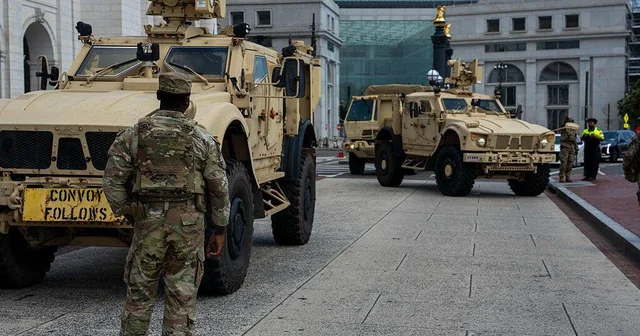On August 27, 2025, the Israeli military issued a stark warning to residents of Gaza City, declaring that evacuation was “inevitable.” This announcement marks a significant escalation in the ongoing conflict and has profound implications for the over two million Palestinians residing in the Gaza Strip. With neighborhoods reduced to rubble and humanitarian conditions deteriorating, the international community watches closely as the situation unfolds.
The Military Perspective: Strategic Objectives and Operational Plans
The Israeli Defense Forces (IDF) have intensified operations in Gaza City, aiming to dismantle Hamas’s remaining strongholds. Officials emphasized the necessity of evacuation, stating, “The evacuation of Gaza City is inevitable.” The IDF has reportedly identified areas in southern Gaza to accommodate displaced residents, with plans to establish infrastructure for aid distribution, including temporary shelters and water supplies.
In preparation for a large-scale ground offensive, Israel has mobilized tens of thousands of reservists. The operation, dubbed “Gideon’s Chariots II,” aims to secure control over Gaza City, which is currently home to approximately one million Palestinians.
Humanitarian Impact: Displacement, Famine, and Civilian Suffering
The evacuation order comes amid a severe humanitarian crisis. The United Nations has declared a famine in Gaza City, with over 80% of the territory designated as a military zone or under evacuation orders. Since the conflict’s onset in October 2023, tens of thousands of Palestinians have lost their lives, with a significant portion being women and children.
Aid organizations warn that the expanded military offensive could exacerbate the crisis, leading to further displacement and loss of life. Despite international calls for a ceasefire, Israeli authorities have not responded positively to proposed truce plans.
Religious Institutions: A Sanctuary Amidst Chaos
In a rare act of defiance, religious leaders in Gaza City have vowed to remain in their communities to assist those unable to evacuate. The Greek Orthodox Church of St. Porphyrius and the Anglican St. Philip’s Church, both located in areas under evacuation orders, have pledged to stay and provide refuge to civilians, including the elderly, women, children, and those with disabilities.
These institutions have become sanctuaries for many, offering shelter and care amidst the chaos. However, their continued presence places both the clergy and civilians at significant risk, highlighting the dire circumstances faced by those in Gaza City.
International Response: Diplomatic Efforts and Global Reactions
The international community has expressed deep concern over developments in Gaza City. Religious leaders and human rights organizations have condemned the actions as collective punishment and called for an immediate ceasefire, urging respect for international humanitarian law.
In the United States, high-level discussions are underway to address the future governance and reconstruction of Gaza. These talks aim to establish a roadmap for political stability and humanitarian recovery following the ongoing conflict.
Despite diplomatic efforts, the situation on the ground remains volatile, with little progress toward a lasting resolution.
Frequently Asked Questions (FAQs)
What prompted the Israeli military to order the evacuation of Gaza City?
The evacuation order is part of Israel’s strategic military objectives to dismantle Hamas’s remaining strongholds in Gaza City. The IDF has identified the city as a critical target in their ongoing operations.
How many people are affected by the evacuation order?
Approximately one million Palestinians reside in Gaza City. The evacuation order impacts the majority of the city’s population, many of whom are already displaced due to previous military actions.
What are the conditions like for those who remain in Gaza City?
Conditions are dire, with widespread destruction, limited access to food and medical supplies, and ongoing military operations. Many residents are seeking refuge in religious institutions and other makeshift shelters.
What is the international community doing in response to the crisis?
International organizations and governments have condemned the actions and called for a ceasefire. Diplomatic efforts aim to address post-war governance and reconstruction of Gaza.
What are the prospects for a peaceful resolution to the conflict?
The path to peace remains uncertain. While diplomatic efforts continue, significant challenges persist, including deep-seated political divisions and ongoing hostilities. A sustainable resolution will require comprehensive negotiations and commitment from all parties involved.
Conclusion:
The Israeli military’s declaration that the evacuation of Gaza City is “inevitable” marks a critical juncture in the ongoing conflict. As military operations intensify and humanitarian conditions worsen, the fate of Gaza City’s residents hangs in the balance. The international community faces the urgent challenge of addressing immediate humanitarian needs while working toward a sustainable and just resolution to the conflict.


